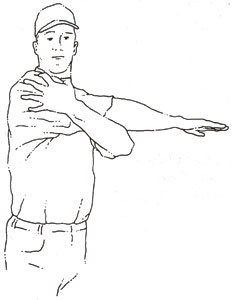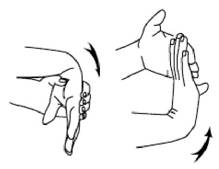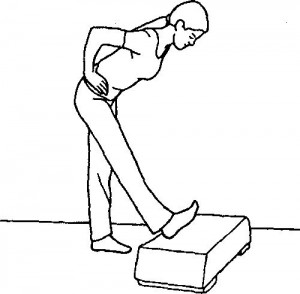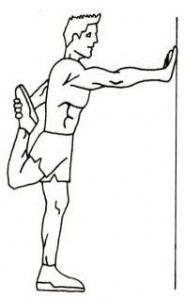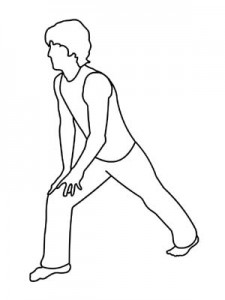When working out, it is normal to feel fatigue and muscle burn with strength/endurance training. But you should be aware of the difference between muscle fatigue versus pain. If you experience pain while working out, you should stop the activity you are doing. Pain can develop from inflammation, bad form with exercise, and overuse of a specific muscle. Pushing yourself too far could lead to an injury that can prevent you from doing the sports or exercises you enjoy. Use ice to decrease the pain developed from the exercise. If your symptoms do not lessen with ice and rest, visit your local physician or physical therapist.
sport injury
Clinical Question – Strain vs. Sprain
What is the difference between a strain and a sprain?
Strain- A strain occurs to a muscle or tendon from an acute injury. An example of this is when someone is in a car accident. The person’s muscle/tendon is over contracted or over stretched depending on the position of the person during the accident. Common symptoms are pain, weakness, decrease range of motion, and muscle fatigue.
Sprain- A sprain occurs to a ligament in response to an overstretch or tear. An example of a sprain is when a patient steps off a curb and lands on the outside of their foot, this results in an ankle sprain. Common symptoms are pain, swelling, brusing, and decreased range of motion.
Clinical Question – Tendinitis
What is Tendinitis?
Tendinitis is an inflammation of a tendon. This is most often caused by overuse. Common areas that develop tendinitis are at the elbow, back of the ankle, knee, and shoulder. Symptoms of tendinitis are tenderness to touch over the tendon, pain with movement, decrease range of motion, decrease strength, and swelling of the tendon. Physical Therapy is beneficial for patients with tendinitis because it decreases symptoms and strengthens/stretches the injured area to prevent re-injury.
Clinical Question – Ice vs. Heat
Should I apply ice or heat for pain?
First you need to determine if you have pain from an acute injury or chronic injury. An acute injury has a rapid onset and is short-lived. A chronic injury happens gradually and is long-lasting. For acute injuries, you should apply ice for 10-15 minute intervals several times a day for up to 3 days. For chronic injuries, you should apply heat for 15-30 minutes intervals as needed. If you find your symptoms still persist after approximately 48 hours of heat/ice treatment, you should contact your physician or physical therapist for further treatment options.
Can sport injuries be prevented?
There are several measures you can take throughout your day to reduce the likelihood of sport-related injuries.
- Before playing any sport, be sure to warm up the muscles you will be using.
- If you are playing a sport that requires all of your body’s muscles, it is recommended that you take a 5 minute walk, while moving your arms in circular motions to the front and side of your body.
- While playing any sport, be sure to start slowly and work up to 100% of your effort. For example, if playing tennis, start by playing at half the court distance with less effort per swing. Then, progress to the baseline with your shots as you increase your effort of hitting the tennis ball.
- Make sure you drink plenty of fluids; dehydration can lead to muscle cramping, lethargy and dizziness.
- Wear proper footwear; do not play sports in sandals or bare feet unless specific to that sport.
- Stretch after your sporting activity. Studies have shown that it is beneficial to stretch afterwards to prevent injury.
Examples of Basic Stretching Exercises
(To find out which muscle the below exercise is targeting, simply drag your mouse over the image)
